The second picture is selected from the book Song Nian Zhu Gui Cheng (1619-1624) by Jesuit Joao da Rocha in the Ming Dynasty of Emperor Wanli. The book tells of the Gospel story in the person of Virgin Mary. With this context, the uniqueness of the picture is to be known so far as the earliest derivative work of Evangelicae Historiae Imagines in Chinese. Moreover, elements of Chinese traditions can also been observed in this western motif, from its architecture, patio designs and styles of furniture to people's facial expressions and clothing. All these Chinese elements familiarize Chinese readers with the western story, thus reflecting missionaries' strategies of religion localization. It has been researched that this picture was redrawn by the Dong Qichang or his students, and then engraved on wood by craftsmen. Joao da Rocha (with his Chinese courtesy name as Huaizhong) was a Portuguese Jesuit. He was summoned by Alessandro Valignano to arrive in Macao in 1591, and then to Nanjing in 1600. He baptized Official Xu Guang Qi in 1603, and died in Hangzhou in 1623.
Reference:
[1]. D'Arelli, Francesco. (1997). I libri cinesi di G. Francesco Nicolai, O.F.M. nel fondo Borgia cinese della Biblioteca Apostolica Vaticana. Archivum franciscanum historicum, 90, 526-532.
[2]. 莫小也. (2011). 17-18世紀傳教士與西畫東漸. 杭州:中國美術學院出版社.
[3]. 陳煥強. (2013). 明清天主教《聖經》故事版畫圖像敘事研究. 廣州:暨南大學.
[4]. 謝輝. (2015). 梵蒂岡圖書館藏艾儒略著作二種版本考略. 國際漢學, (3), 178-184, 205.
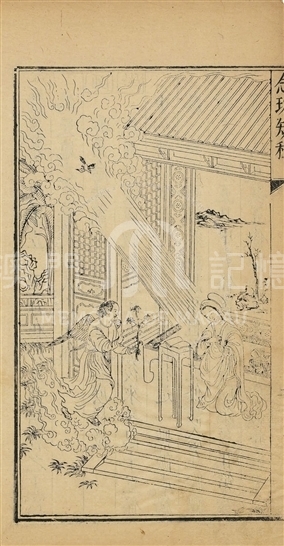
Informações relevantes
Data de atualização: 2020/09/08


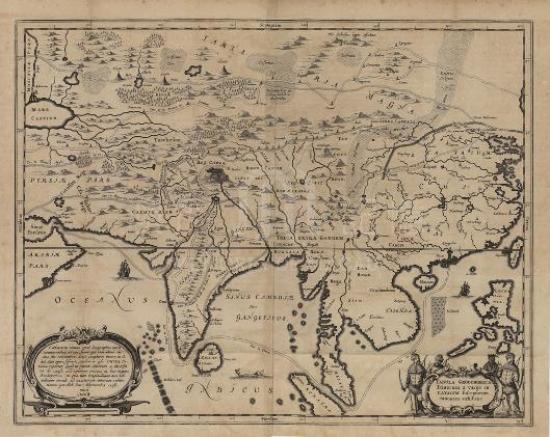
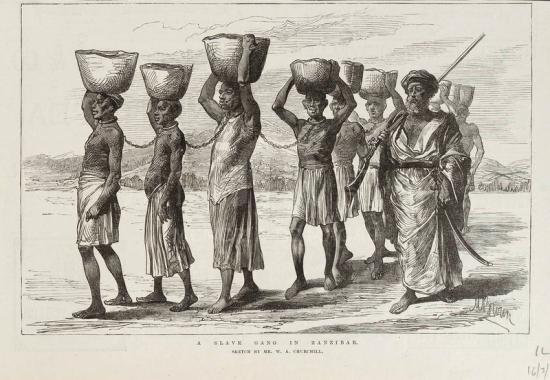



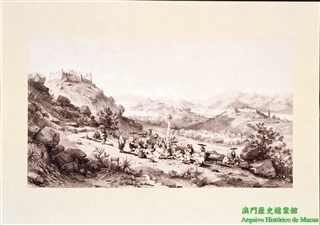
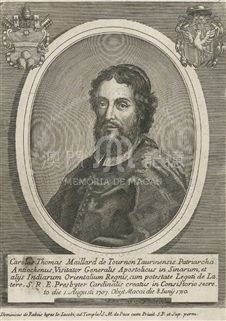
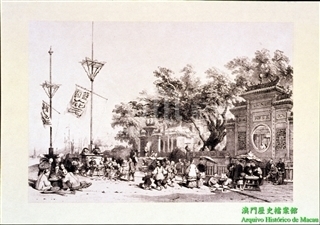
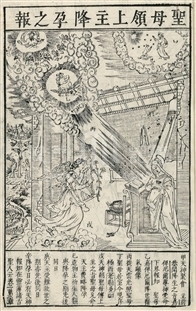
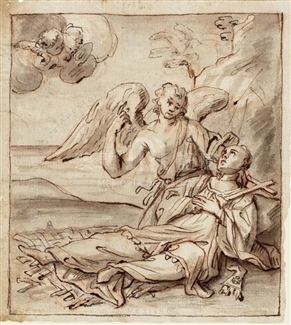
Comentários
Comentários (0 participação(ões), 0 comentário(s)): agradecemos que partilhasse os seus materiais e histórias (dentro de 150 palavras).